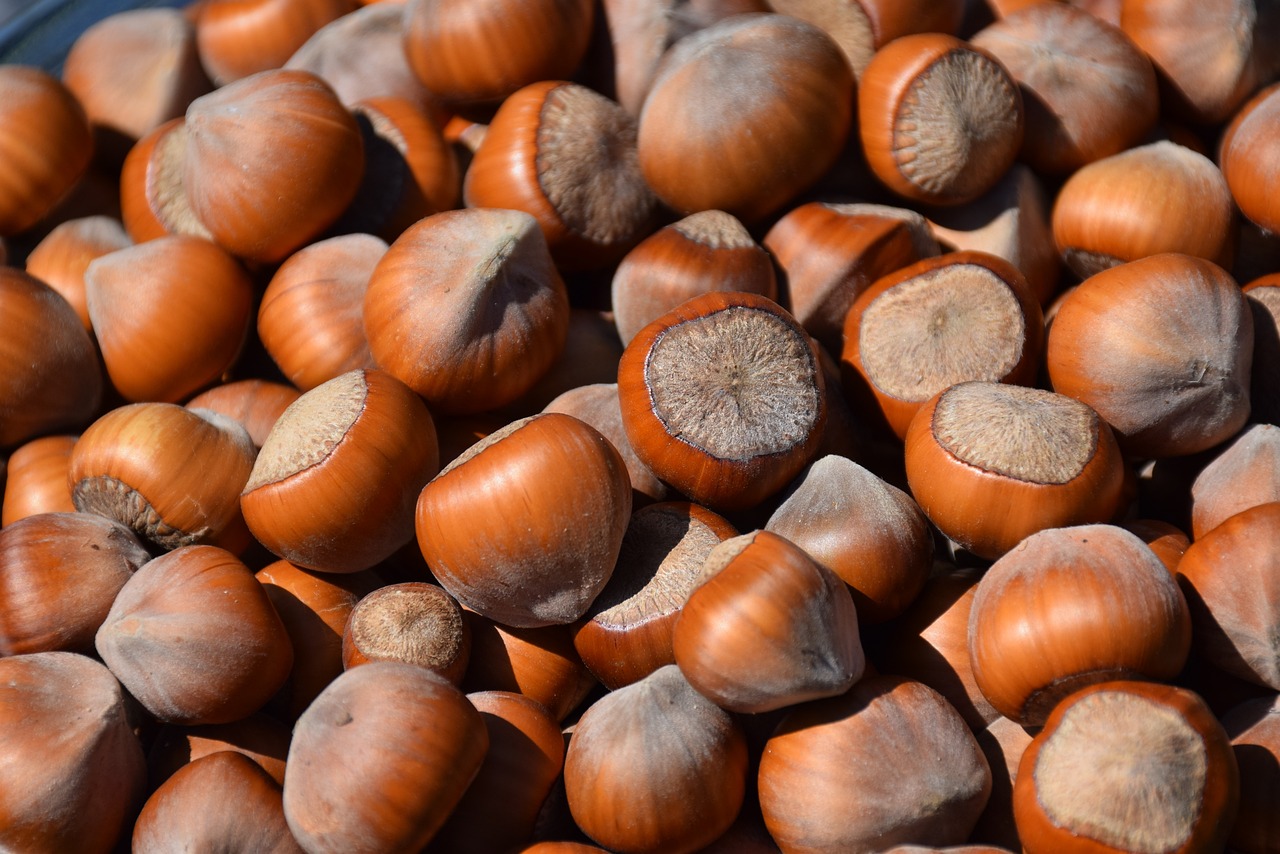Seed Starting - Part 2
Beginner's Guide to Seed Planting - Part 2
Choosing the Right Seeds
Before starting your seed planting journey, it's essential to choose the right seeds for your garden. Consider factors like your local climate, soil type, and available sunlight. Some popular choices for beginners include tomatoes, zucchini, lettuce, and sunflowers.
Preparing the Soil
Prepare the soil by clearing the area of any weeds and debris. Loosen the soil with a garden fork or tiller to improve aeration and drainage. Add compost or organic matter to enrich the soil with nutrients essential for seedling growth.
Planting the Seeds
Follow the instructions on the seed packet regarding planting depth and spacing. Make small holes in the soil using your finger or a gardening tool. Drop the seeds into the holes and cover them gently with soil. Water the area thoroughly but gently to avoid displacing the seeds.
Caring for Seedlings
Once the seeds have sprouted, ensure they receive adequate sunlight and water. Monitor the soil moisture levels regularly and water when the top inch of soil feels dry. Protect seedlings from pests and harsh weather conditions by providing appropriate shelter or barriers.
Transplanting Seedlings
As the seedlings grow, they may outgrow their initial pots or seed trays. Transplant them carefully into larger containers or directly into the garden bed. Handle the seedlings gently by their leaves to avoid damaging the delicate stems.
Conclusion
Seed planting can be a rewarding experience for beginners, offering the joy of watching plants grow from tiny seeds into flourishing greenery. By choosing the right seeds, preparing the soil adequately, and providing proper care, you can set yourself up for a successful gardening journey.

Continue your seed planting adventure with Part 1 of our guide here.
